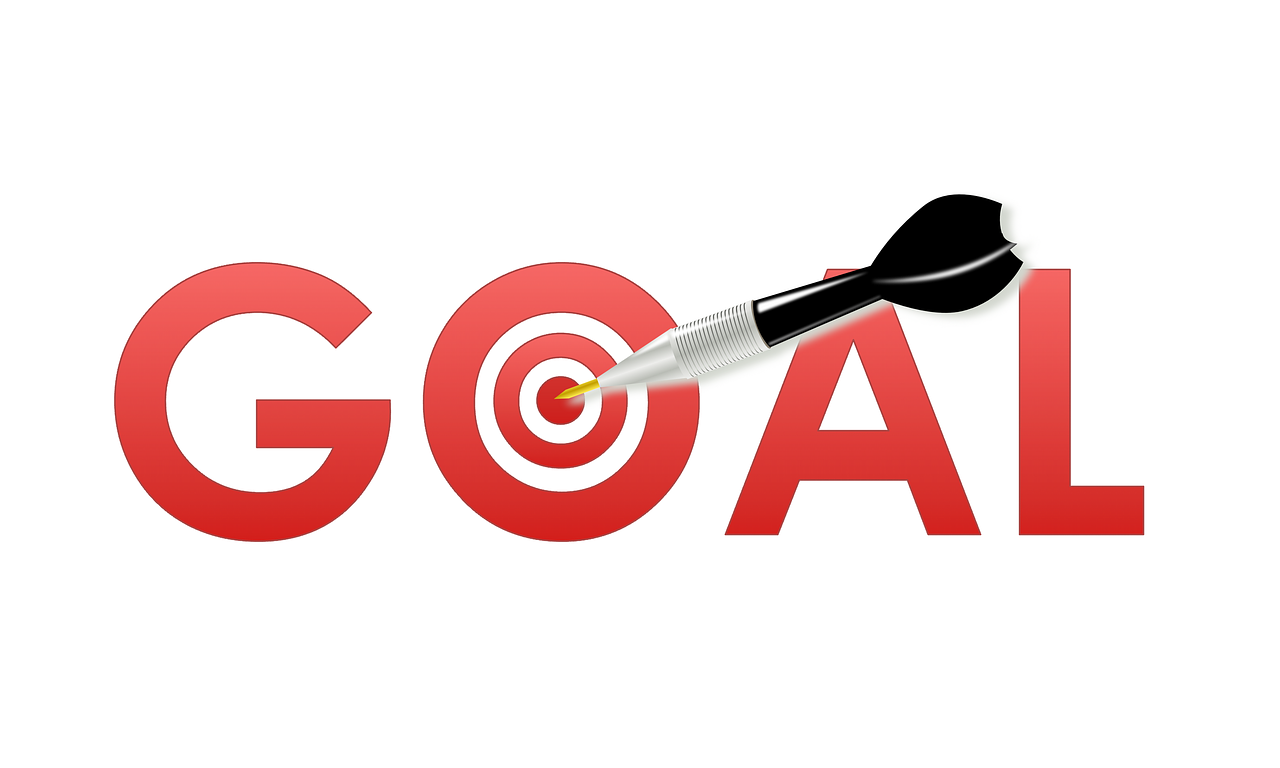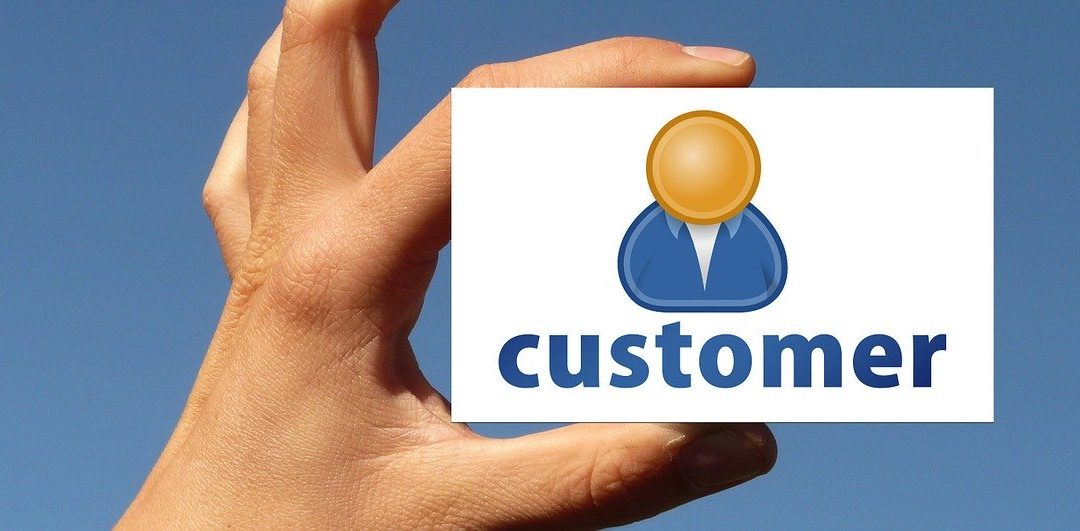5 Steps To Define Who Is Your Ideal Customer
When you are in business you must know what your ideal customer looks like so use these 5 steps to define who is your ideal customer.
Hi Trish Davies, here and today I want to look at the final pillar and component of my Build Your AU program. I have covered authenticity and authority in previous posts so if have haven’t checked them out then make sure you do.
What I want to cover today is the business end of the process. The part that ultimately puts money in your bank account. To achieve this you must have leads, prospects and customers coming into your business regularly.
In an ideal world they would just magically appear, visit your website and your product offers. Then they would get out their credit cards and purchase what you have to offer. In reality that doesn’t happen but there is a science which enables that process to happen.
If you do you research and define who is your ideal customer then you will attract the right people. You won’t rely on luck or magic, rather you will only bring people to your web pages who are aligned with you and your business.
What we are talking about is attracting the right audience to your business. This is the final piece to creating your online business. I want to share with you some key actionable steps with you today, so this post is very task orientated. If you know me by now, I am one for taking action quickly as that is the only way things get done.
Who Is Your Ideal Customer?

There are 5 steps that you must go through to define who your ideal customer is and what they look like. Once you have these in place you will know where to find them, what they are thinking and how they behave. Then it will make it much easier for you to craft your marketing message to connect with them.
Listed below are the five steps and I will then break them down and go into more detail.
- Demographics
- Goals & Values
- Challenges & Pain Points
- Sources Of Information
- Objections & Roles
Your Ideal Customer Demographics
When it comes to demographics you must understand what makes up your ideal customer. These are essential elements that governs their behaviour and how they live their lives. You must try and get into the head of your ideal customer to be clear on just what makes them tick. Here are the elements you must be clear on.
- Name
- Age
- Gender
- Marital Status
- Number Of Children
- Geographical Location
- Occupation/Job Title
- Annual Income
- Level Of Education
- Any Other Information
Now I know that is a lot to look into initially, but it must be done. It is important to name your ideal customer so when you are crafting your message it’s like speaking to a real person. Age and gender matters because your products and services may be associated to younger or older people. Although many products are unisex your product may be more suitable for male or female.
Ascertain whether your ideal customer is more likely to be married than single. Have they got a family now or is that something that will happen in the future. Here you are looking at the level of responsibility they have.
They might be young and carefree or a little older and are at the point of settling down. Again, all this information will define if they meet the criteria for your products and services.
Geographical location really only comes into play if you are a small local business. Do they live near you or are you trying to attract a global audience.
Their financial status matters because you may have high end and expensive products. The level of income sometimes marries what job they hold down and their education which has bearing on if they can afford what you have to offer.
Goals & Values

Determine what goals they want to set and what values they hold. Are they financially driven? People who want to earn a lot of money to buy the expensive toys and big houses. Or are they people who want to help people with the money that they make. To donate to charities and set up their own foundations.
Maybe their goals are health related, to live a better and more healthy life because of health scares they have had. The goals may lie in their relationships, to form better ones with their nearest and dearest. To make their marriage more fulfilling.
I could go on, but I am sure you get the point by now. Your customers goals will be closely related to the products and services you can supply them.
Then look at their values. Do they behave with integrity, are they hard working, is their purpose their family, to protect and care for them? Do they believe the importance of trust and transparency. Again, I am sure you get the point.
This part of the exercise is really drilling down to the deepest pits of their stomach. What motivates and inspires them to do what they want to do and why.
Challenges & Pain Points
This is where it starts to get emotional. Emotion plays a huge part in the decision to buy something. You must look at the challenges they face and the pain points they have.
As an example, let’s look at finances. You may have a middle-aged married man with a couple of kids. He works a 9-5 job with an hour or so commuting each way. He has a mortgage and his salary just about covers the family’s living expenses.
So, his challenge is that he is just scraping by which stresses him, he could do with more money. The trouble is he has not got any more time to earn that extra money. He is working 9-5 and commuting, where can he find the time?
His pain point is that he doesn’t see as much of his family as he would like because of the hours he is putting in. Also, he may be feeling an element of shame as he thinks he is not providing the best life for his.
Your solution is a proven way to work from home, to earn more money than he does in his job. The challenges he has with money are taken away; he has more time to spend with the family. He then creates a more fulfilling life because he has time and financial freedom.
What you must do is look at the challenges and pain points of your ideal customer. Again, really dig down, think emotionally, and come up with your own list that it’s your ideal customer.
Sources Of Information

Your ideal customer is already looking for solutions to their problems as they are desperate. The digital age we live in gives them access to countless information portals. You must look at your niche and then determine where your ideal customer is searching.
This is quite a straightforward process and listed below are the most common port of calls.
- Books
- Magazines
- Blogs/Websites
- Conferences
- Gurus
- Any Other
The first three focus on their reading material. What magazines, books, blogs, and websites are in your field. Visit them to research what they are writing about as you will find much of the information in the previous section there.
Then look at what live events, seminars and conferences are available both physically and virtually. Every industry has seminars and conferences, and these give you a real indication on what people are prepared to spend for information.
Now these conferences and seminars are held by industry leaders who can be classed as “gurus”. An ugly word but there you go as they are experts in their field and have the power to influence. Who are the experts in your industry, and do they host such events?
Objections & Roles
The trouble with consumers is that they always have objections to buy something. They constantly put up barriers to try and talk themselves out of it. The buying decision usually has an emotional element attached and then the barrier or obstacle comes from logic.
It is the classic case of “I really want that, but”. As an example, say someone is looking for a new car. They have decided on a make and model, say a BMW 3 Series. The standard edition is very nice, it will get them from A to B and back to A again.
The next level up may have alloy wheels and a better sounding sound system but costs an extra $1k. The person really wants to upgrade but the logic part of the mind is talking them out of. How can they really justify the extra money when it does the same job?
Again, that is just an example of how the mind works and your ideal customers will have objections, they will put up barriers and this is what you must understand why they put them up.
As regard for roles this means have, they got the authority to make the final decision. Your ideal customer may be another business so you must know if the people you talk to have that authority. This comes down to ascertaining their job and position in a previous section.
It is also relevant though to people’s personal circumstances. Within a households four walls there are times when there is a single person that handles the family’s finances. It could be the husband or the wife so you must determine if they have the power to make the final decision.
Your Next Step

What you must do now is go through each step of this process in the order that I have laid out. What I will say is that before you bring your ideal customer to life look at yourself first.
Go through each step and answer the questions personally and then look at the data when you have finished. The reason I say this is that many of the elements that are relevant to you will be relevant to your ideal customer. Much of who your ideal customer will be looking back at you in the mirror.
I have shared with you one of the processes to determine who is your ideal customer. I cover this and more in my Build Your AU program which I have been creating over the last 12 months. This is really short notice, but I am starting a brand new 9-week program where I cover authenticity, authority, and audience. It starts within the next 48 hours so contact me here if you want to jump on this cycle. You can also check out this video where I explain more about it and then subscribe for further notifications. I look forward to connecting with you very soon.
Helping you build your authenticity, authority and audience.
Trish Davies
![]()
Build Your AU


Recent Comments